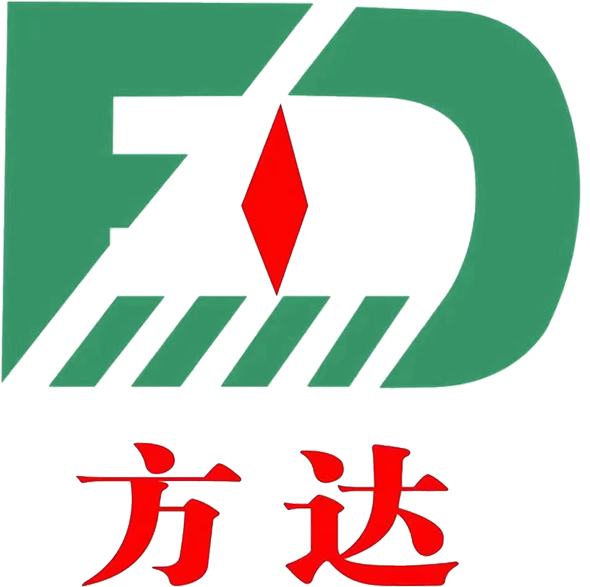Hydroxyethyl methacrylate (HEMA) and ethylene glycol dimethacrylate (EGDMA) are both monomers used in polymer chemistry, particularly in the formulation of various polymeric materials. Let's take a closer look at each of them:
Hydroxyethyl Methacrylate (HEMA):
Chemical Structure: HEMA is a monomeric ester of methacrylic acid. Its chemical formula is C6H10O3C6H10O3, and it has a hydroxy group (-OH) and an ethyl group (-C2H5).
Usage: HEMA is commonly used in the production of polymers and copolymers. It is used in adhesives, coatings, dental materials, and various other applications.
Ethylene Glycol Dimethacrylate (EGDMA):
Chemical Structure: EGDMA is a dimethacrylate ester, meaning it has two methacrylate functional groups. Its chemical formula is C10H14O4C10H14O4. The structure includes two methacrylate groups connected by an ethylene glycol linker.
Usage: EGDMA is often used as a cross-linking agent in the polymerization of various materials, including dental composites, adhesives, and coatings. It helps create a three-dimensional network in polymers, improving their mechanical properties.
Comparison:
While both HEMA and EGDMA are methacrylate-based monomers, they serve different roles in polymer chemistry.
HEMA is a monofunctional monomer with one methacrylate group, and it is commonly used to introduce hydrophilic properties into polymers.EGDMA is a difunctional monomer with two methacrylate groups, and it is often used as a cross-linking agent to increase the rigidity and strength of polymers.
In some applications, these two monomers may be used together in formulations to achieve specific properties in the resulting polymer or copolymer. Their combination allows for the tuning of the material's characteristics based on the desired application requirements.













